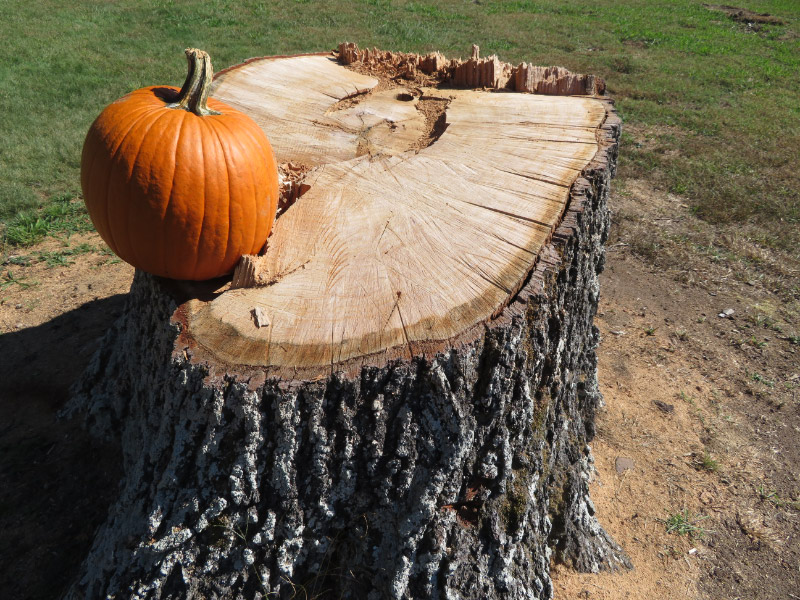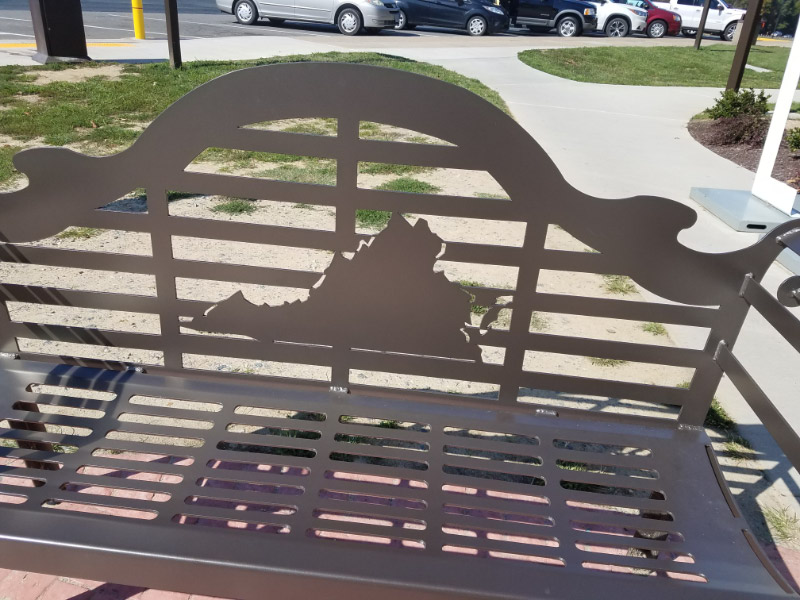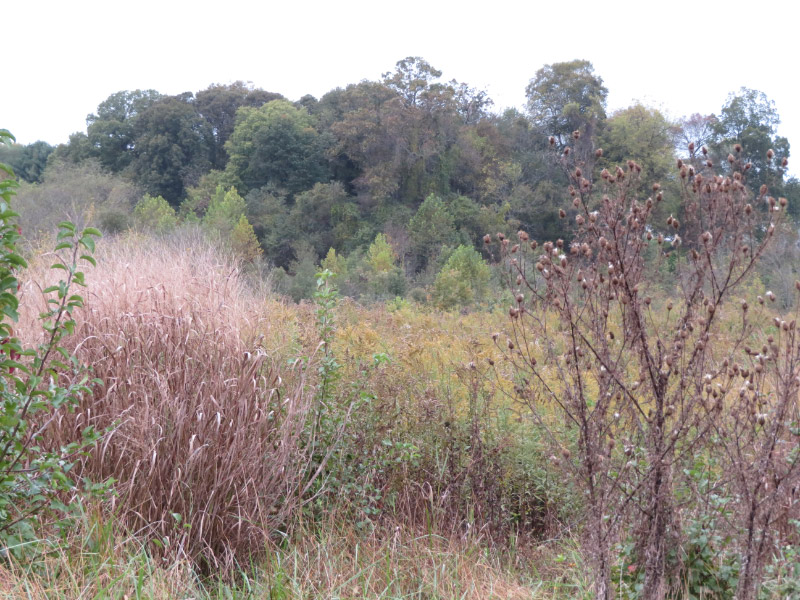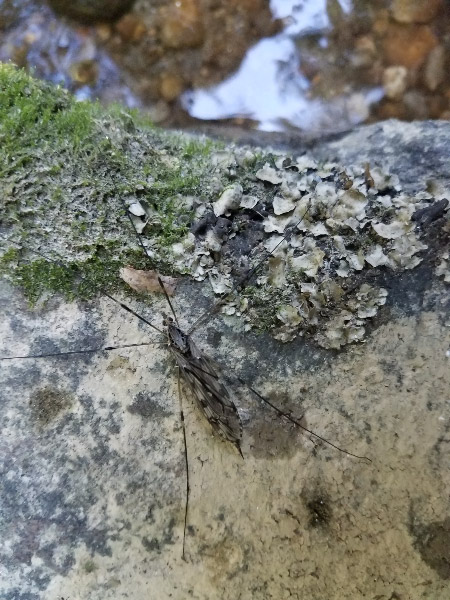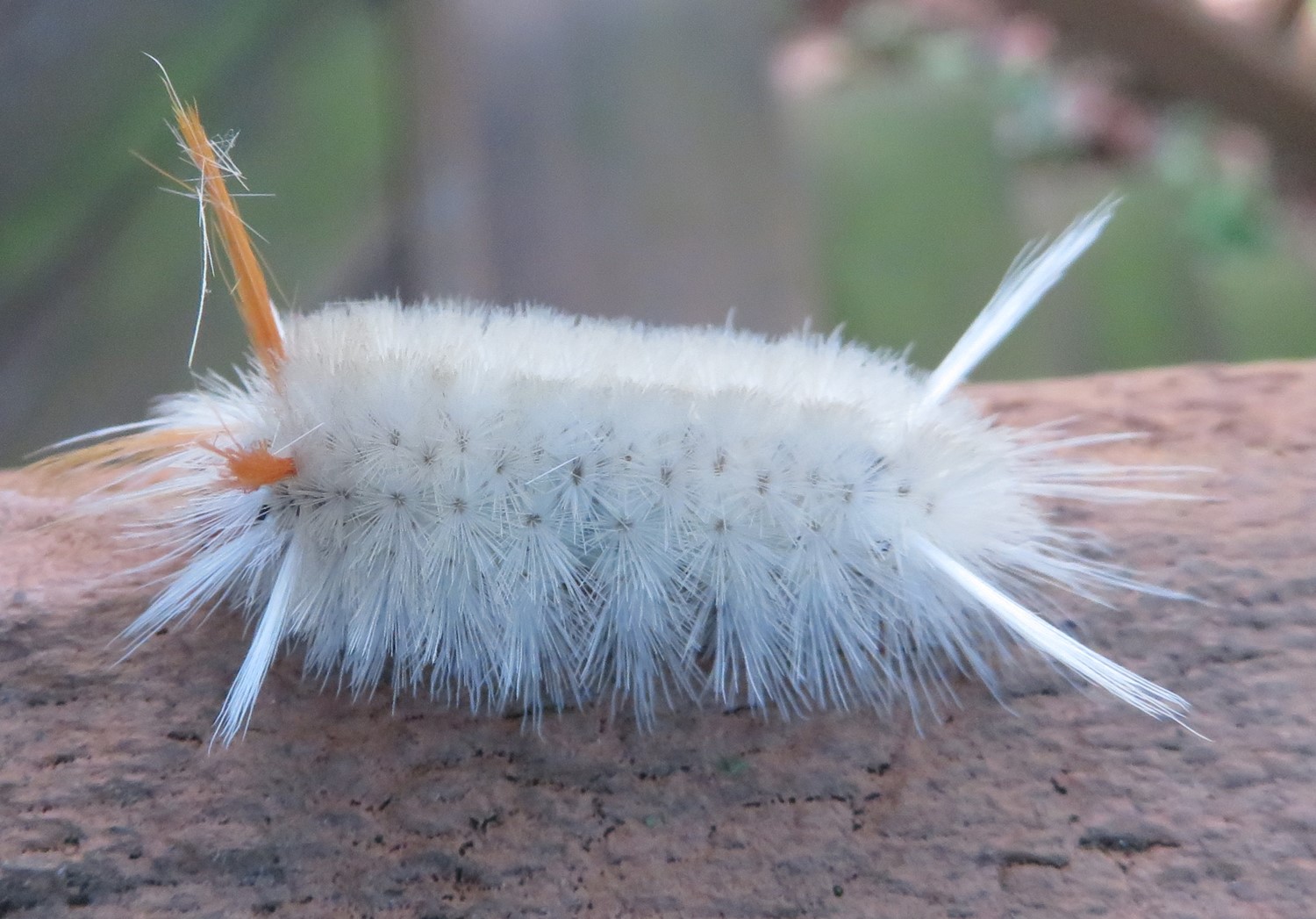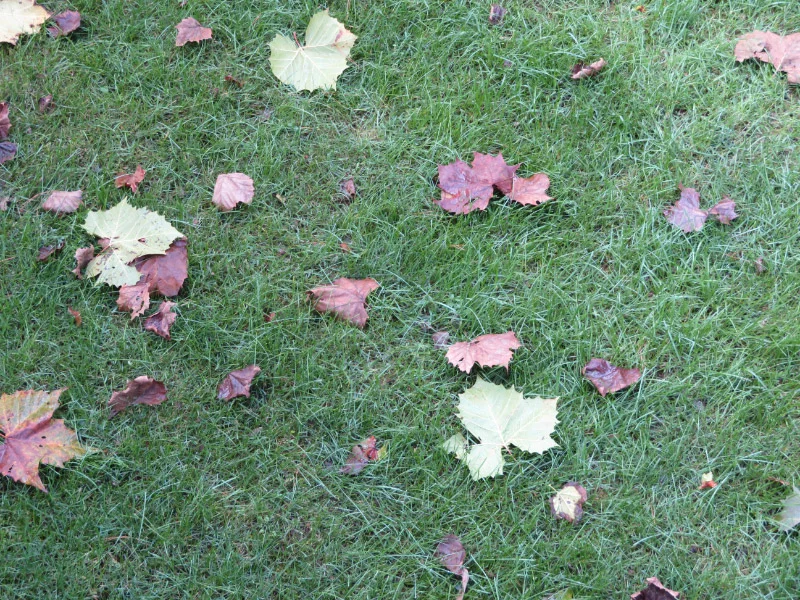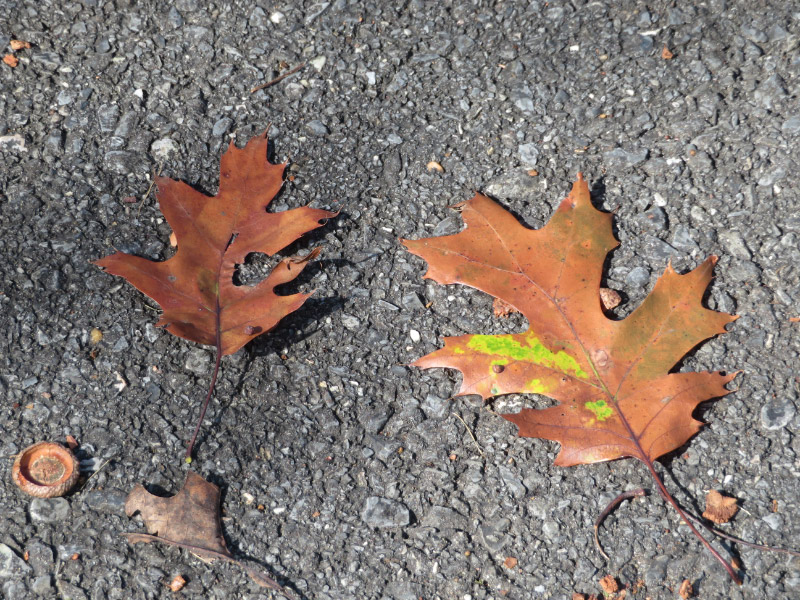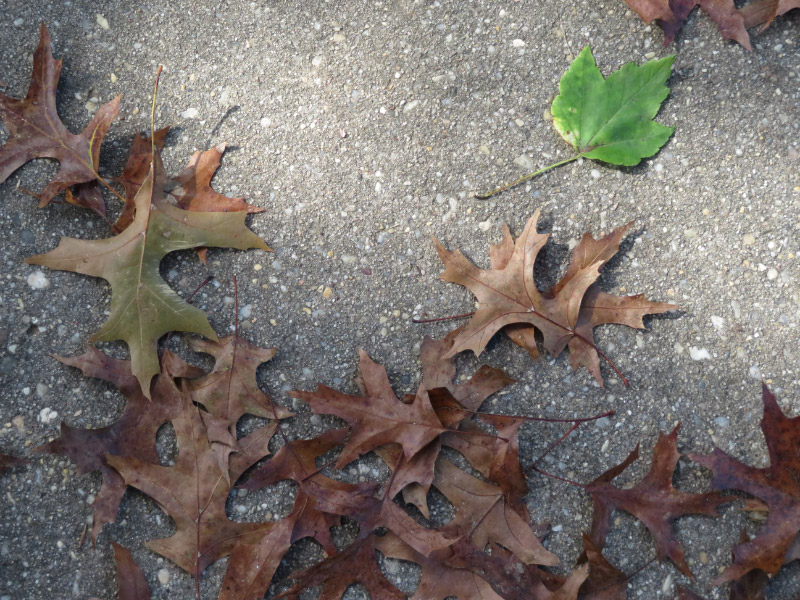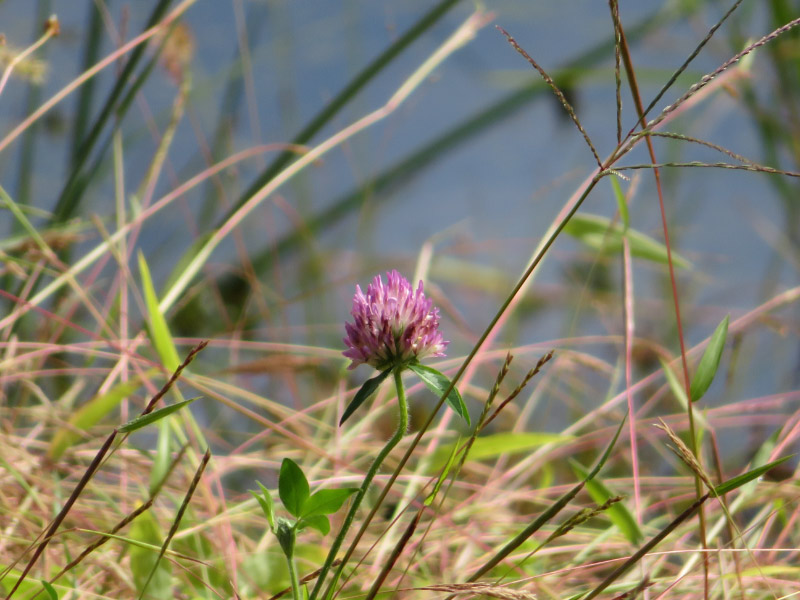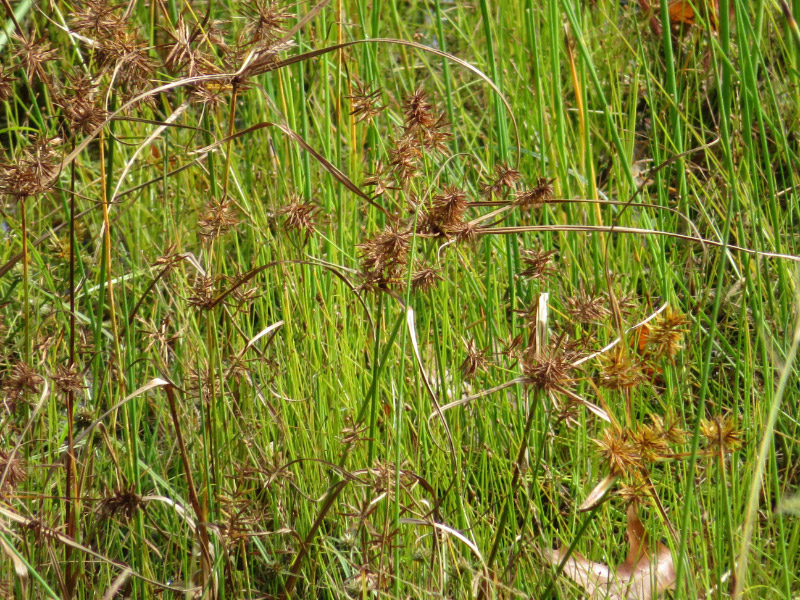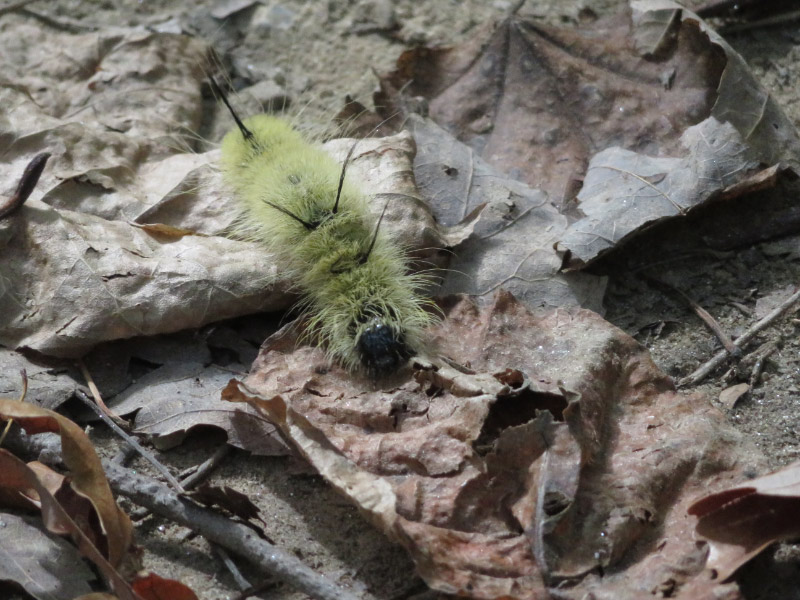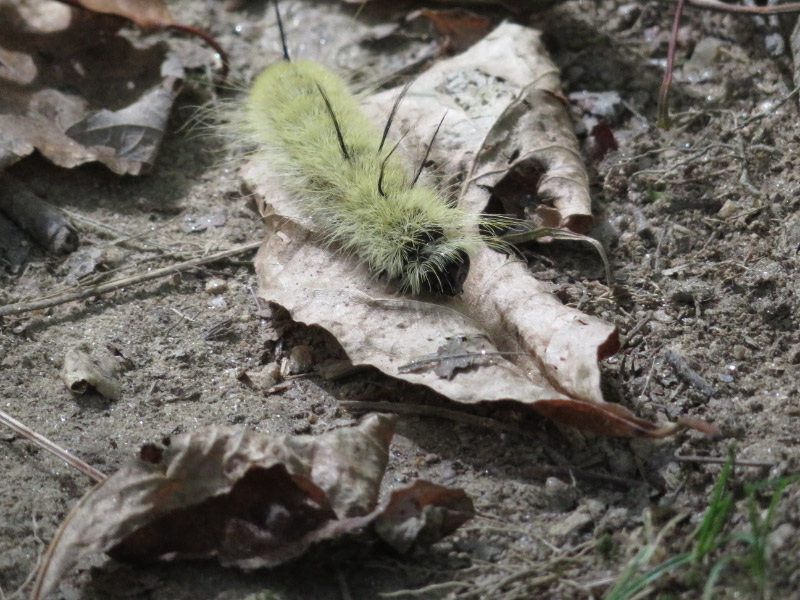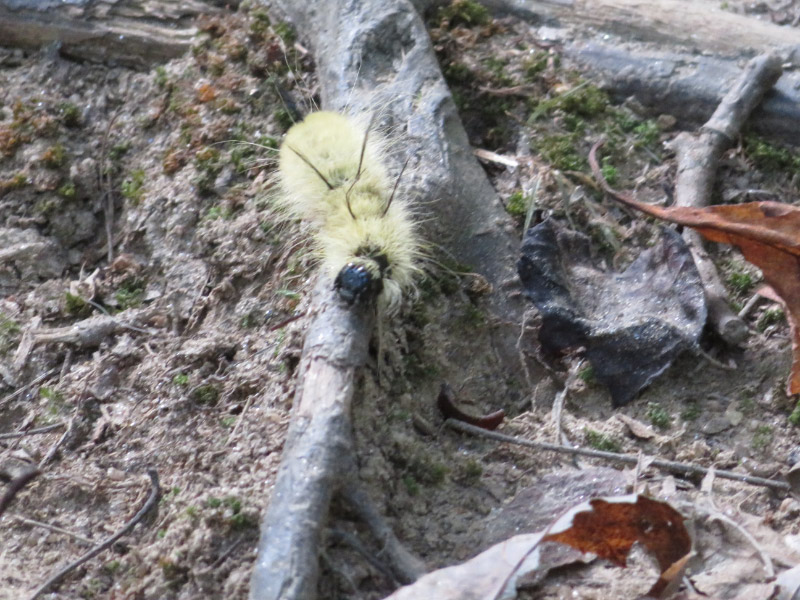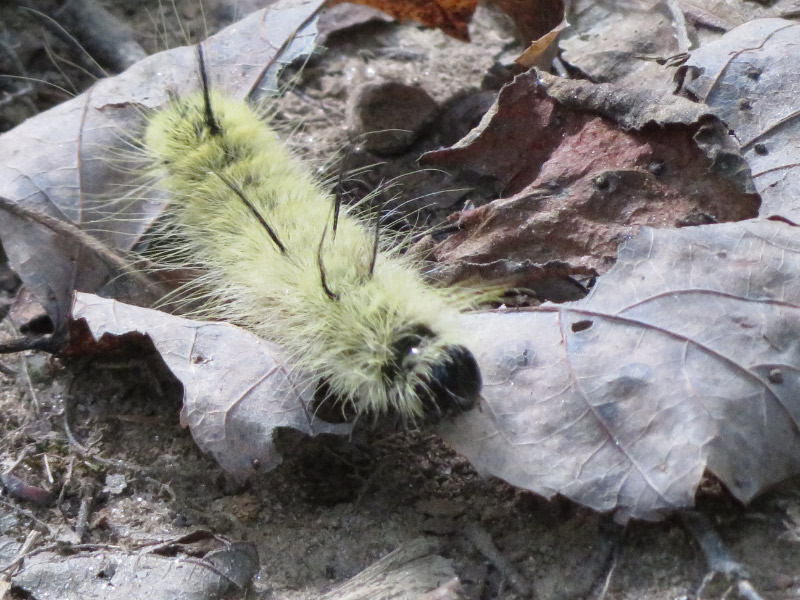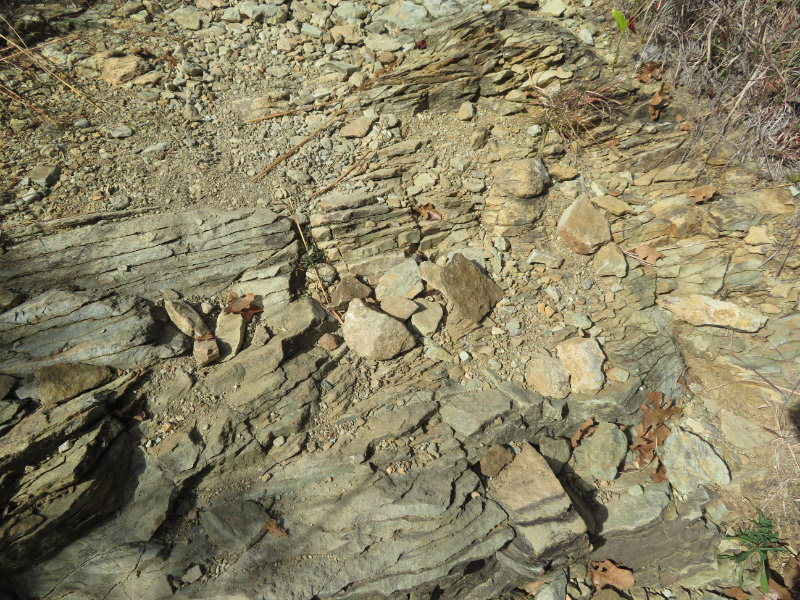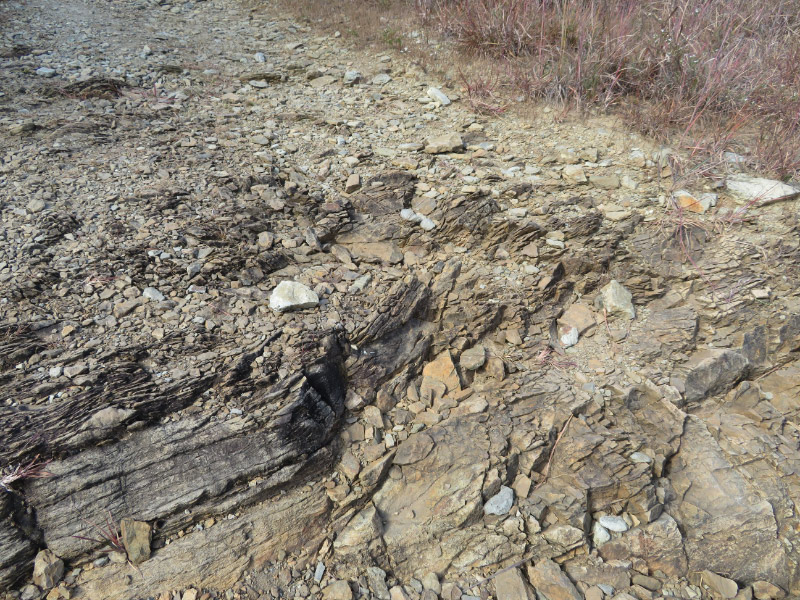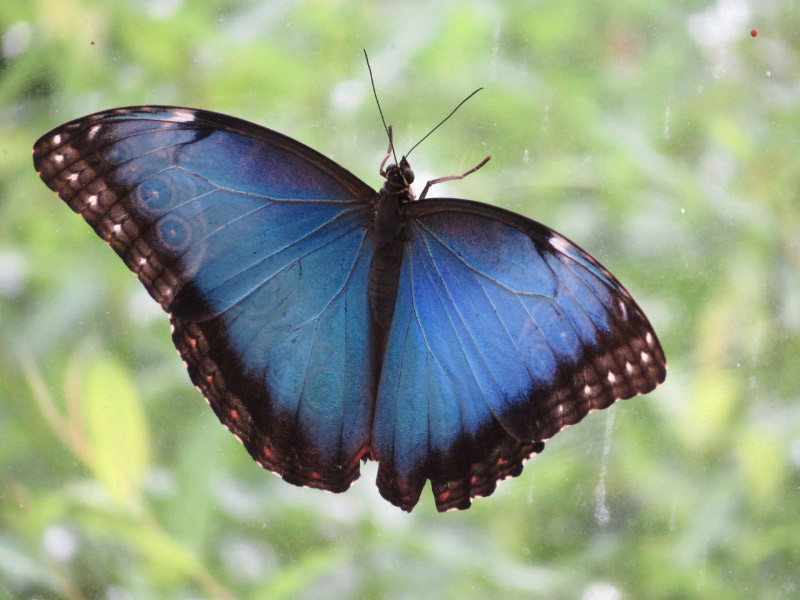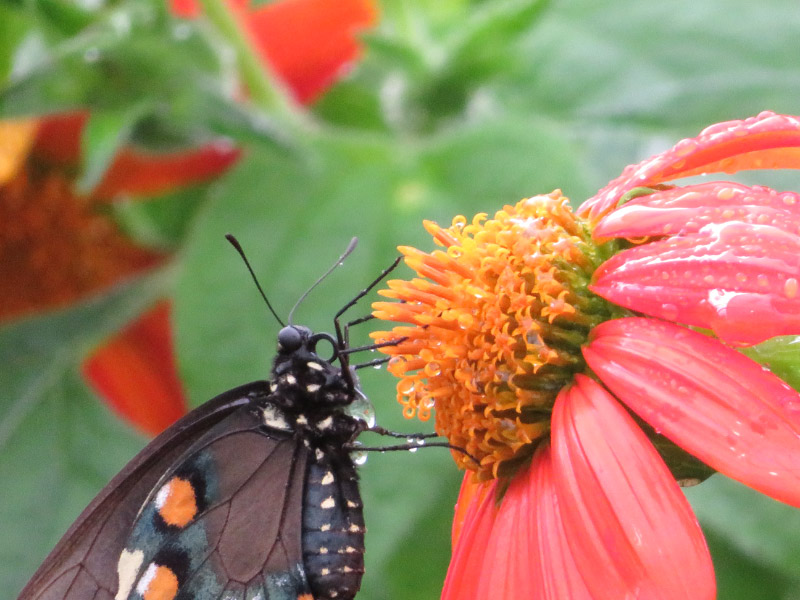Ten Little Celebrations – October 2017
/October 2017 has a myriad of little celebrations – just as every month – but there was a big one this month as well: my daughter was awarded a grant that will fund her post doc research for 2 years! My husband and I celebrated as much as she did…such a relief that she can continue her work.
There were several celebrations associated with the Staunton River Star Party:
- Anticipating the trip…noting the improving weather forecast for sunny days and clear skies as we got closer.
- The warmth of our mummy sleeping bags in the early morning when it dipped below 40 degrees.
- Four clear nights for observing the stars and solar prominences observed on 2 days – what makes a star party worthwhile.
I celebrated the finale of this year’s CSA – all the fabulous fall veggies in very generous portions. I’ll miss the CSA this winter and celebrate when it begins again next June.
The butternut squash soufflé I made with maple syrup rather than sugar – fabulous.
The butternut squash soufflé I made with maple syrup rather than sugar – fabulous.
The Fall Festival volunteering – big map and pumpkin painting – was a great way to celebrate the season too.
Bioblitz days with 5th graders are an annual celebration of nature through the eyes of students.
Finding a caterpillar new-to-me – a sycamore tussock moth caterpillar – was something to celebrate on another day.
Visiting Soldier’s Delight was a celebration of being outdoors on a sunny fall day.










